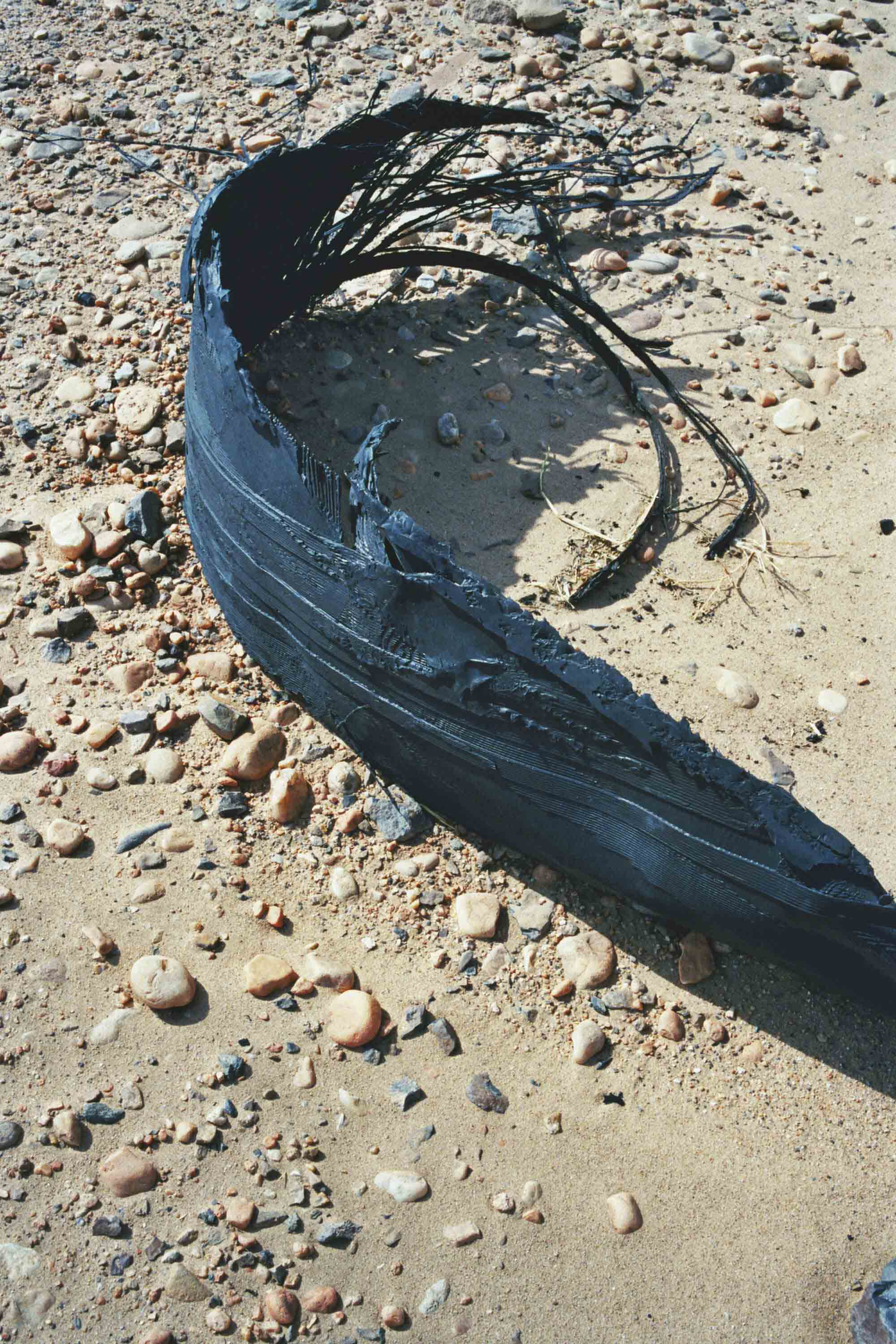Compared to painting, photography has an obvious flaw: in order to depict a subject, it has to be in front of you. Then the images can be manipulated, transformed, altered, taken out of an archive and reappropriated, but in any case they originate from a relationship of vicinity. This is why photographers have always followed the great travellers, from Frémont to Flaubert, accompanying them in their undertakings. As a result, many photographers are tireless explorers. Photography has changed radically over time. Grammar, uses, functions, technologies… everything has changed. The means itself has changed, so today we take photos with mobile phones, webcams and PlayStations. And yet the practice of travelling remains a constant. True, you could guide a remote camera through the web and capture as many images as you like from thousands of miles away, but that’s not what photographers do. Like visiting an exhibition or going to the theatre, taking photographs is an experience of being face to face with the space. The images gathered here, made over recent years, are the result of the continual reiteration of this process. Photographers’ travels accelerate proximity. It’s physical. Corporeal. Athletic.
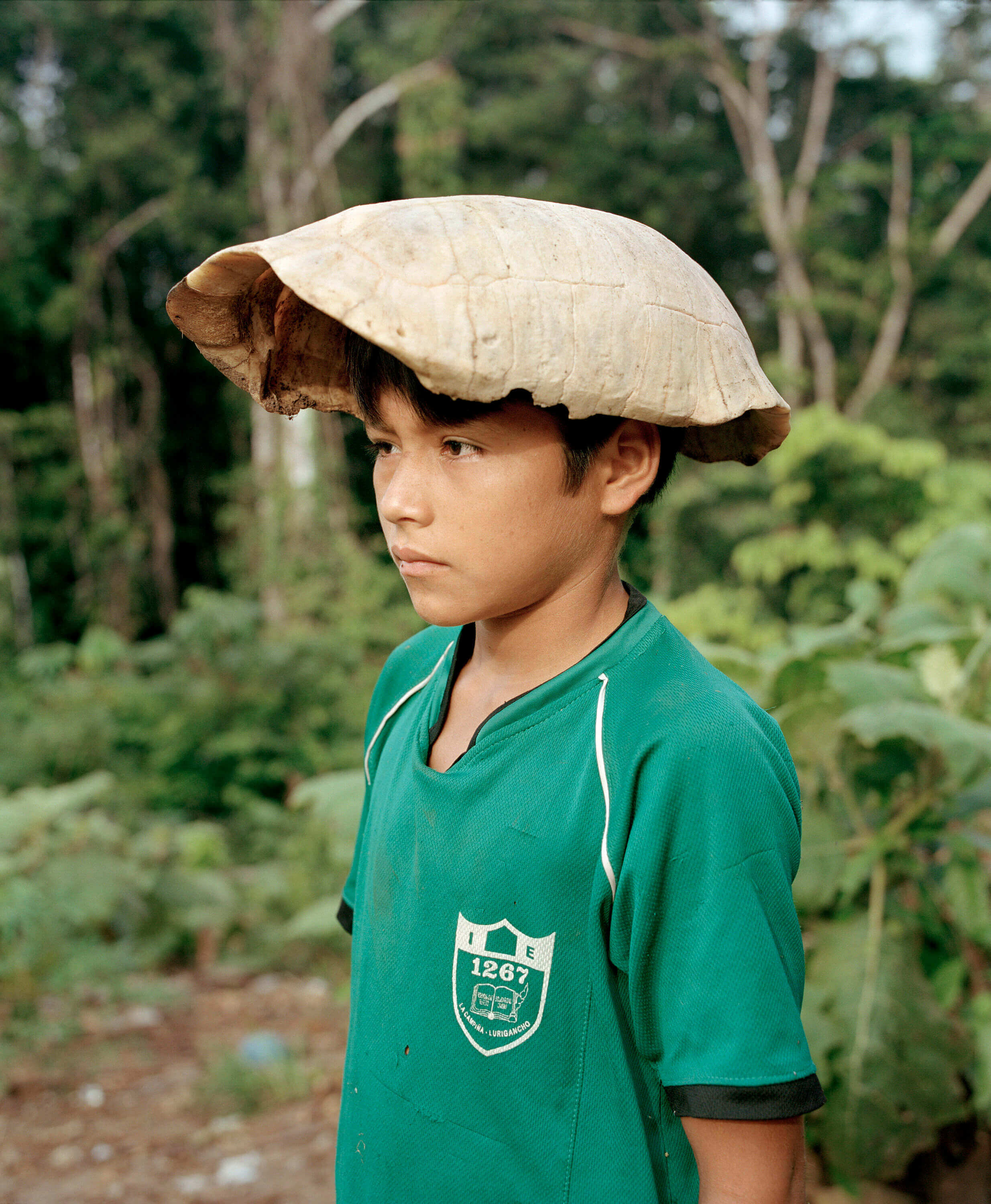
Turtle Shell Cap, from The Jungle Book, 2016. Bolivar community, Peru. After a meal, the turtle shell becomes a toy for the children. Turtle meat is a favourite dish in the communities along the banks of Río Curaray.
Yann Gross (b. 1981, Vevey, Switzerland) currently resides in Switzerland and the Amazon rainforest.
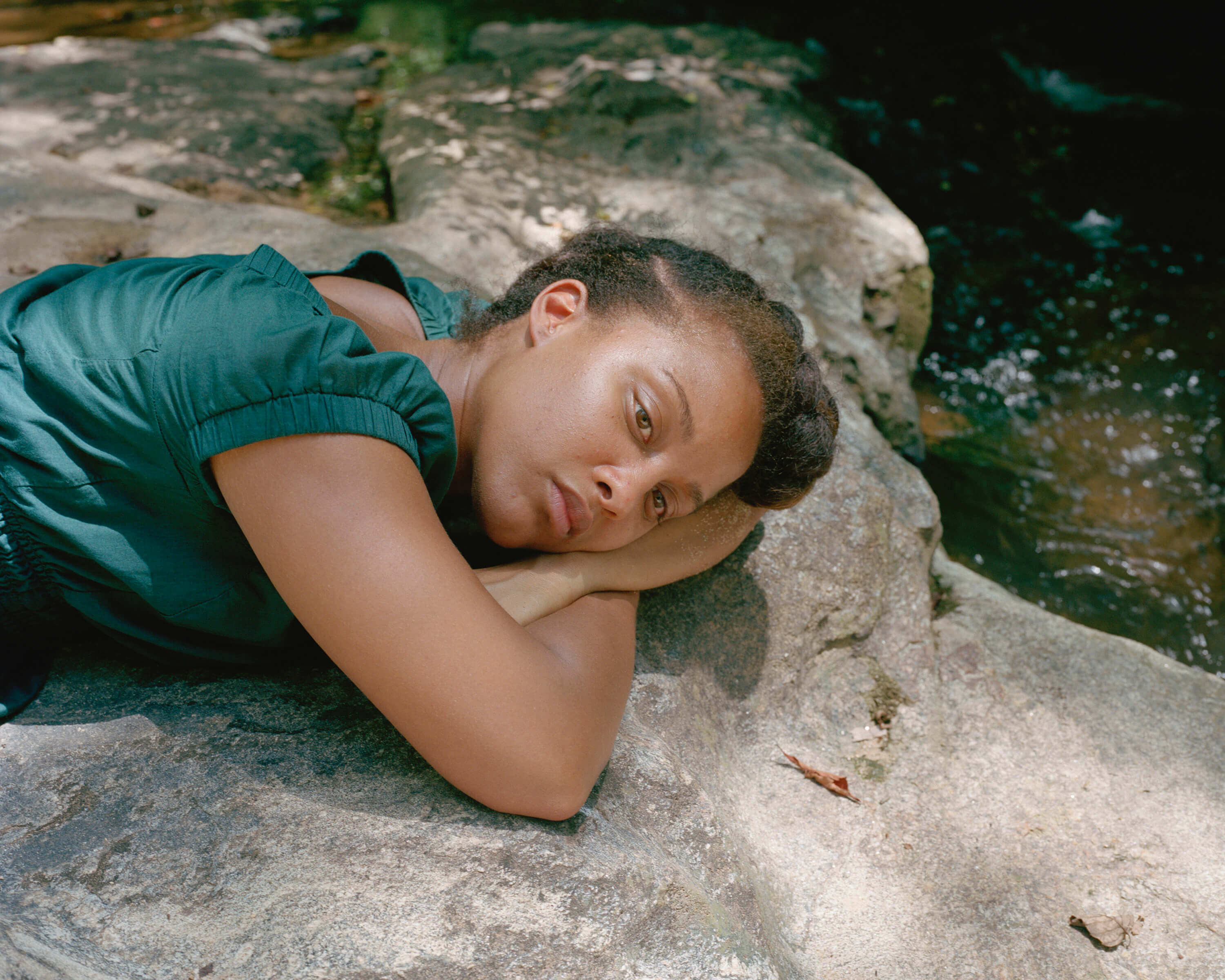
Ashley at Ben Burton, from One Sun, One Shadow, 2011. The image considers the relationship between music and the landscape of the American South, by exploring the musicality of everyday life. Shane travelled around the South photographing places and people that to him elicited the feeling of a sound. Ashley was a stranger that he met in passing in a park in Athens, Georgia. She was sitting on a rock by a small stream, and when he spotted her the scene struck him as being so timelessly beautiful. Shane photographed her for just a short time, but she was very present. The portrait captures a moment where she seemed lost in thought, and in which the photographer felt a story in her eyes.Shane Lavalette (b. 1987, Burlington, Vermont).
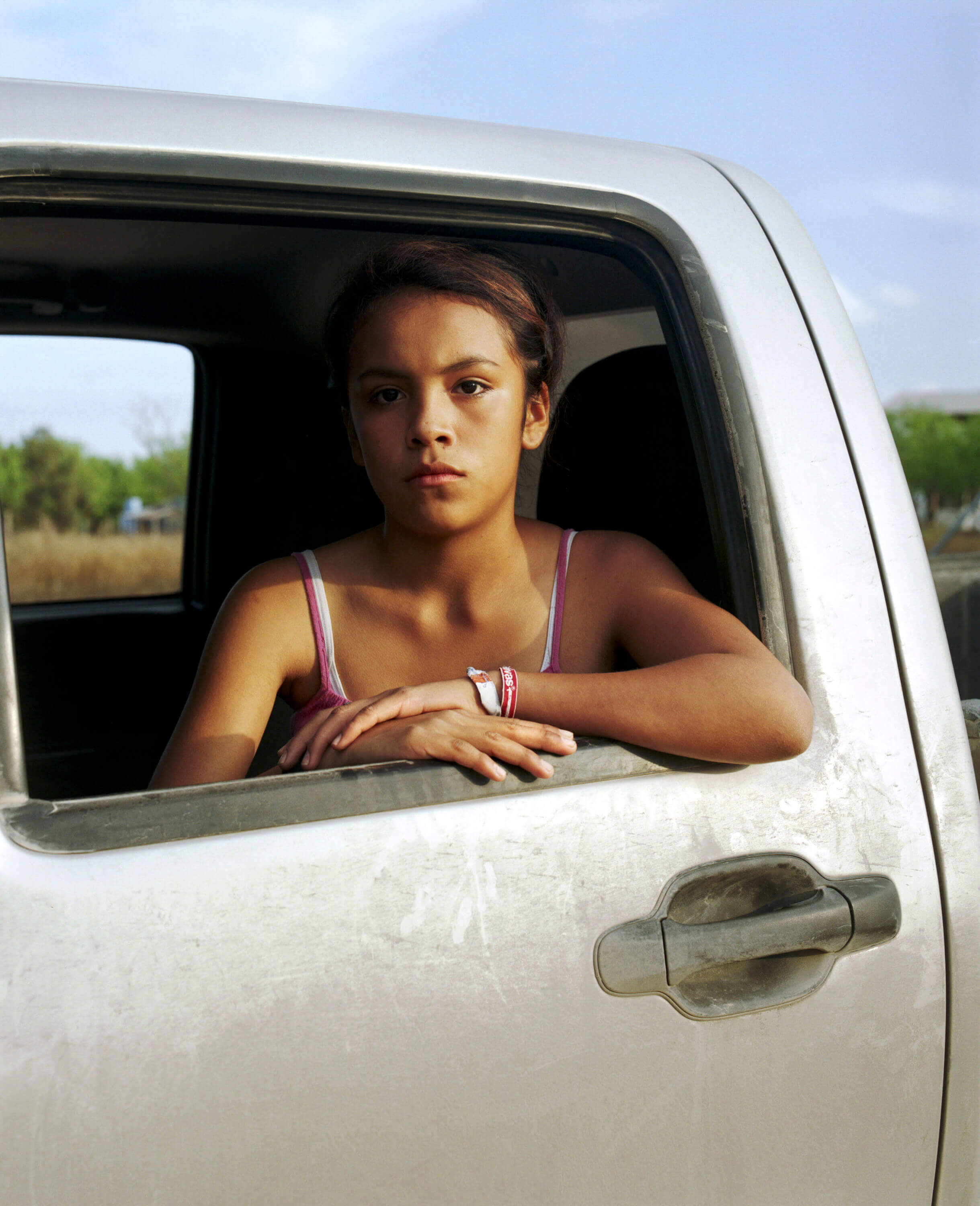
Girl in Gray Pickup Truck, from the Between Borders series, 2010. In this small community a few minutes south of the US border, these people have found a life in between the rapid growing Reynosa and the turmoil of illegal border crossers and drug traffickers. The young girls, like many in this community, study until junior high school and then wait until they get married. This grants them an opportunity to leave the community or stay and be a housewife. The community survives on selling water and cattle to neighbouring ranchos. Alejandro Cartagena, Mexican (b. 1977, Dominican Republic), lives and works in Monterrey, Mexico.
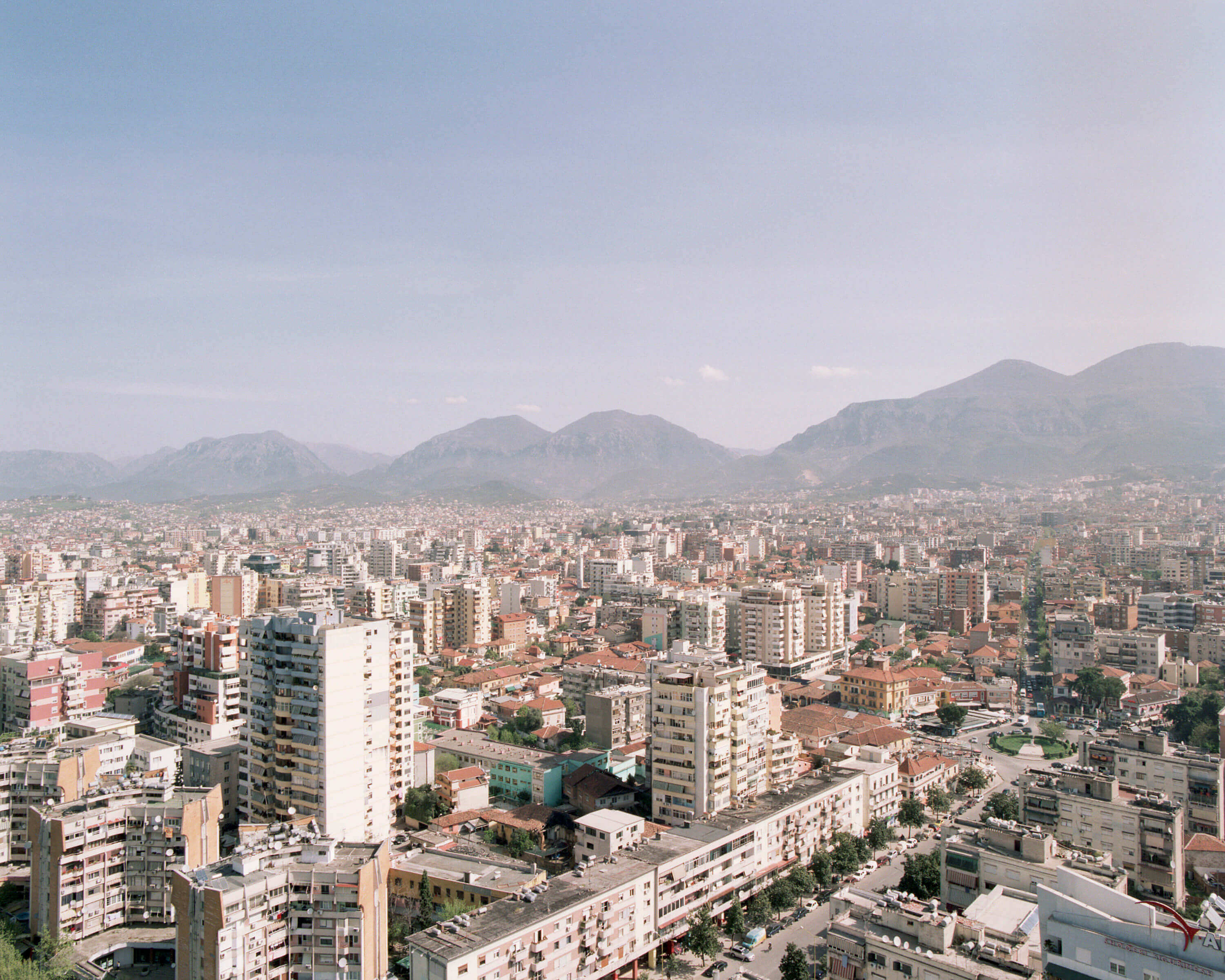
Tirana, 2016. The TID Tower is a new tower right in the centre of Tirana, designed by the Belgian firm 51n4e. The tower, which contains offices, shops and a large hotel, represents the rapid economic and social growth that the city, and Albania as a whole, is experiencing. However, it also shows the gap between the new/future Tirana and its surroundings, which are struggling to keep up. The tower gives a bird’s eye view of the city, to imagine what will become of it, for better or for worse.
Alberto Sinigaglia (b. 1984) lives and works in Vicenza.
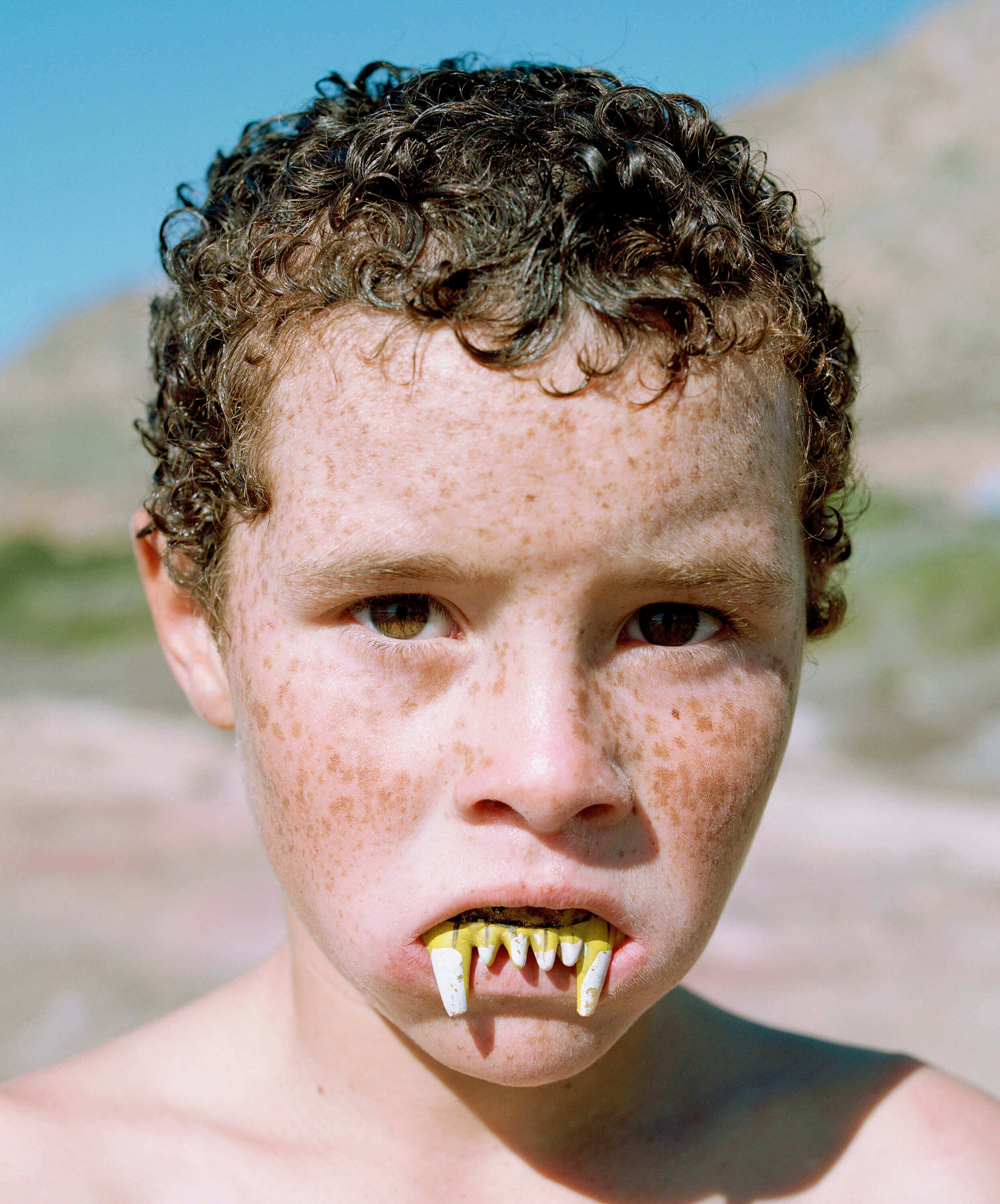
West Coast Vampire, 31 May in Elandsbaai, South Africa. Kent found this young boy playing football with a group of his friends. He was randomly wearing a set of vampire teeth that people commonly wear around Halloween. Elandsbaai is a small rural surf town which makes this image somewhat out of place. It was also May and the kid and no real reason to be donning these teeth. Kent asked him if he could take a picture, he agreed and stood very patiently as the photographer found focus and off he went back to revelling
in his football game. Kent Andreasen (b. 1991) resides inCape Town, South Africa.
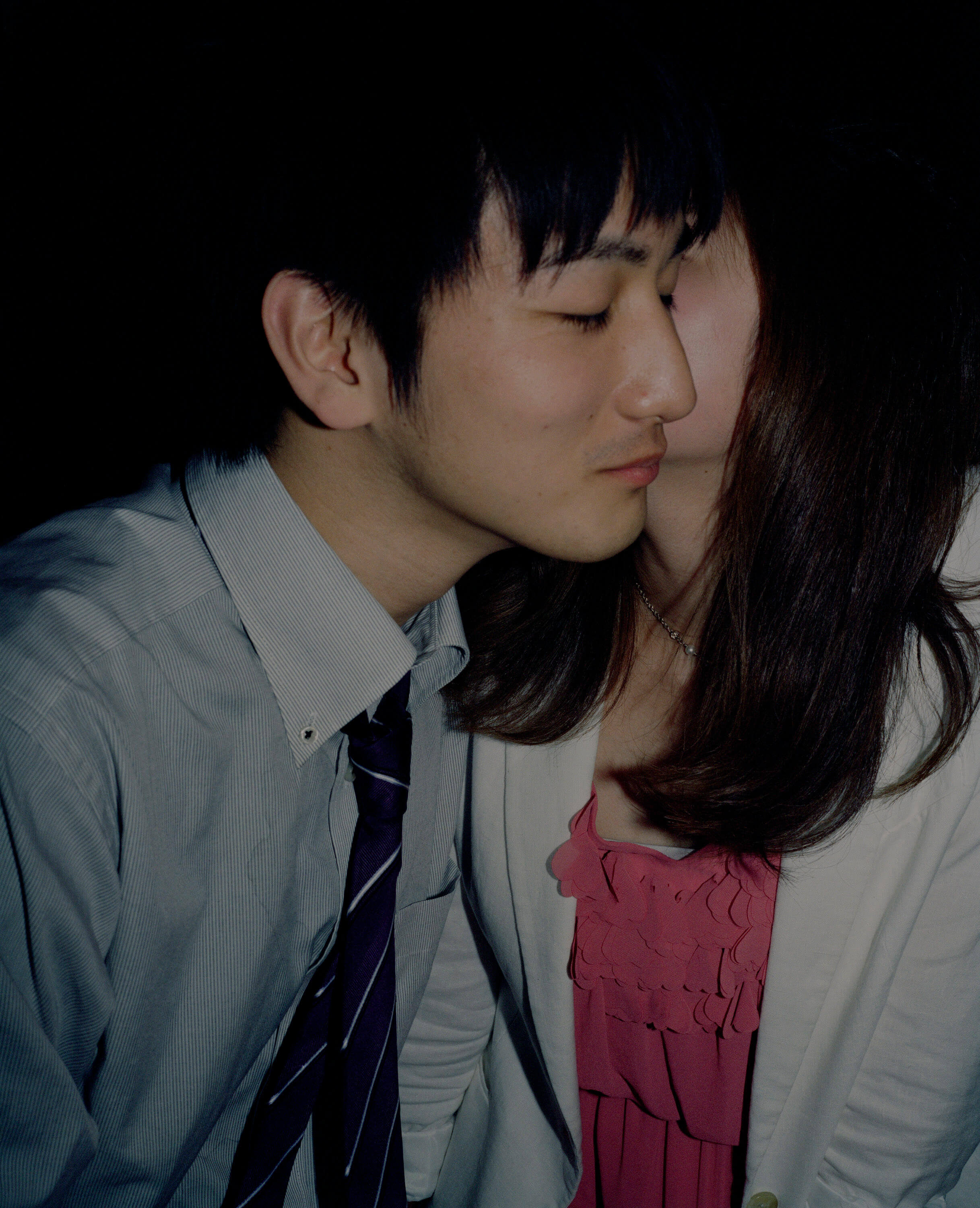
From the series The First Day of Good Weather, 2013. Tohoku, Japan. Taken in the areas of Japan destroyed by the tsunami, this is a piece on the methods and strategies that we all implement so as to carry on after a trauma or tragedy. In the portraits, the photographer always looks for an action, a strong, albeit perhaps haphazard bodily presence that expresses one of the many ways we have to hang on in this world.
Vittorio Mortarotti (b. 1982, Turin) is an Italian photographer.
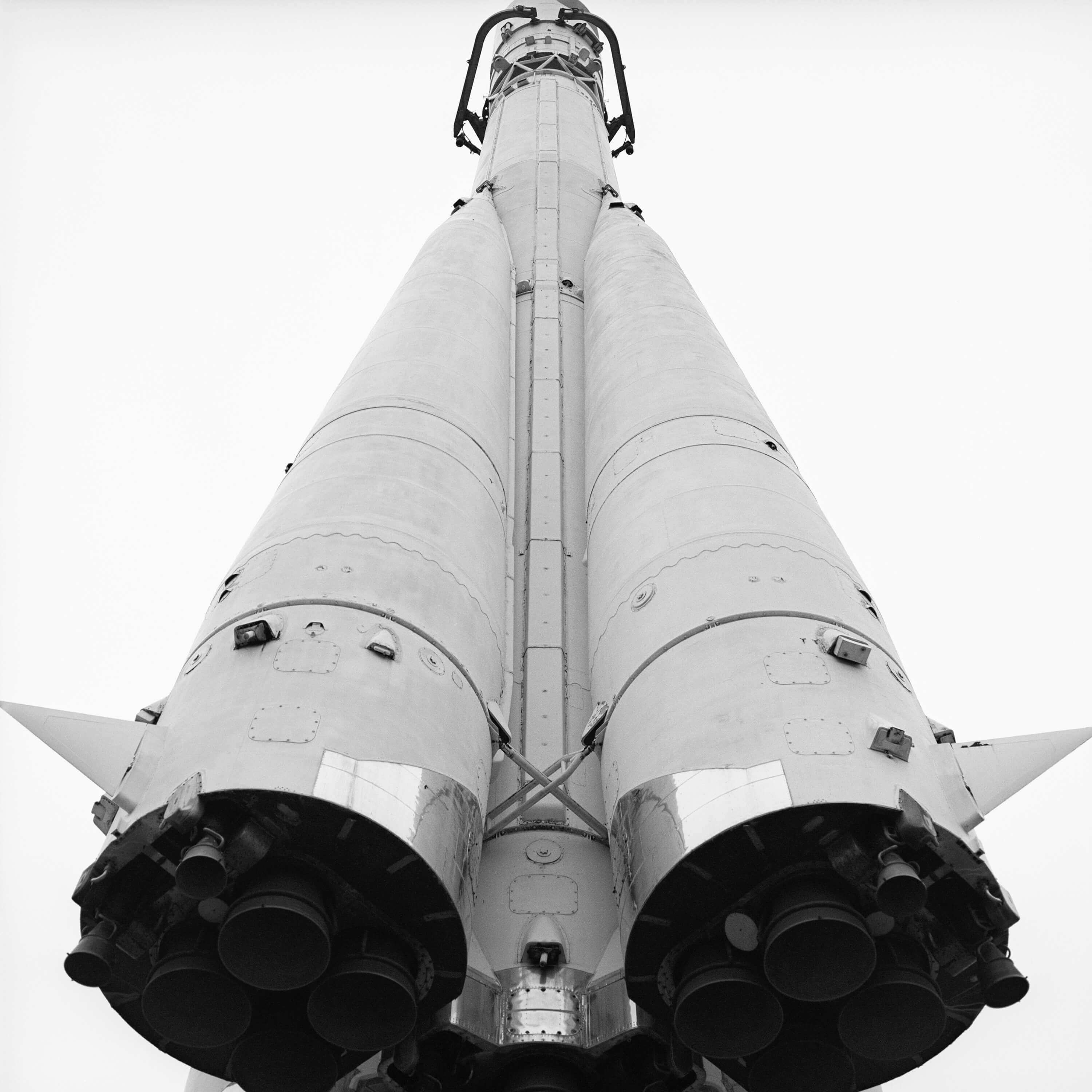
The Exhibition of Achievements of the National Economy, also known as VDNKh, was first constructed in 1939 as a large park with grand pavilions, each dedicated to displaying the industrial achievements and latest inventions of Soviet scientists. Nowadays an extraordinary monument to the Soviet epoch, it is a popular place in Moscow, with various shows and festivals taking place there. In one of its central squares stands the Vostok rocket, once used to launch the legendary Vostok spacecraft and first manned space mission in history carried out by Yuri Gagarin on 12 April, 1961. Maria Gruzdeva (b. 1989) is a Russian-born photographer based in London.
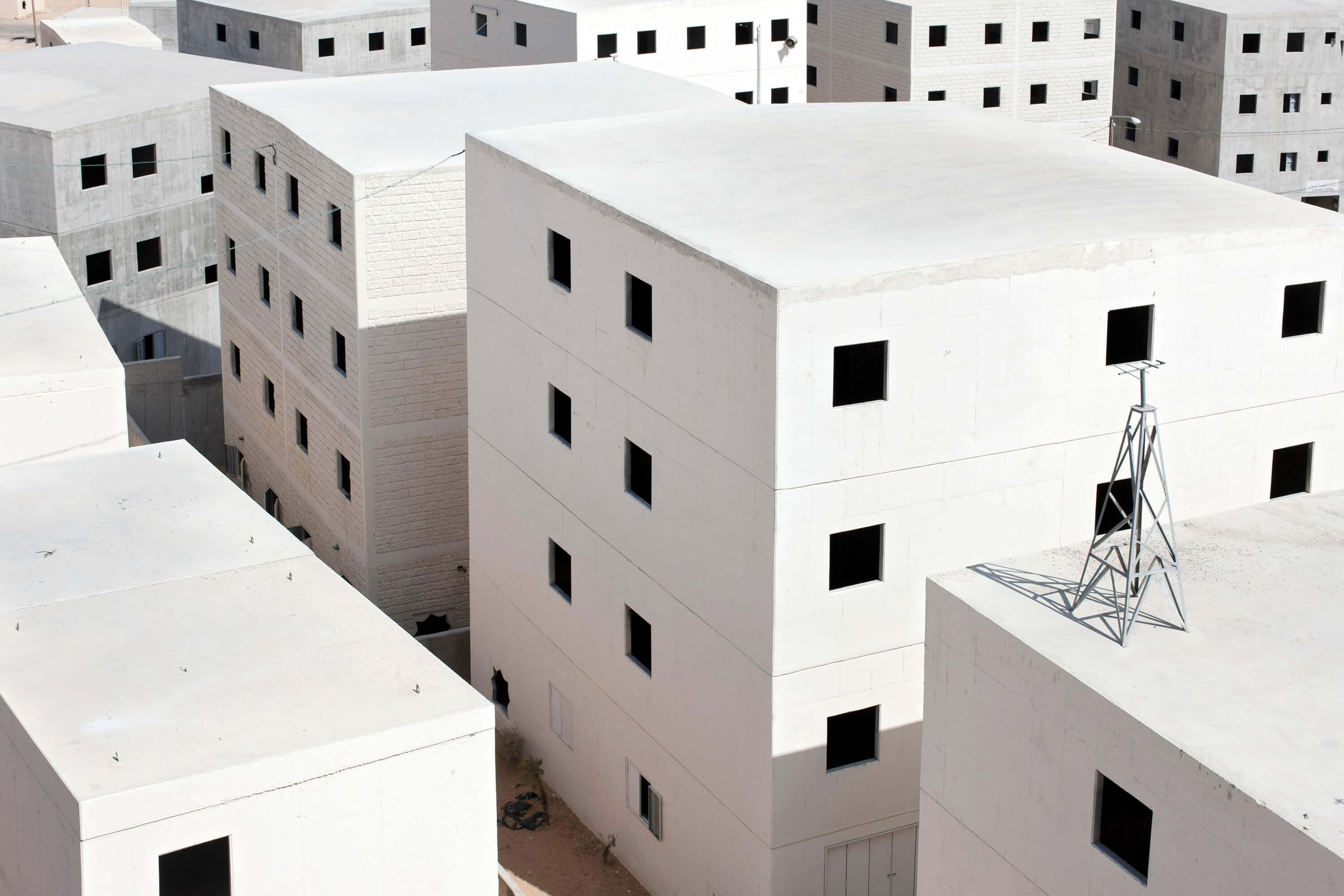
From the Field Trip series, Israel, 2009-2011. Martin Kollar (b. 1971, Zilina, Czechoslovakia, now the Slovak Republic).
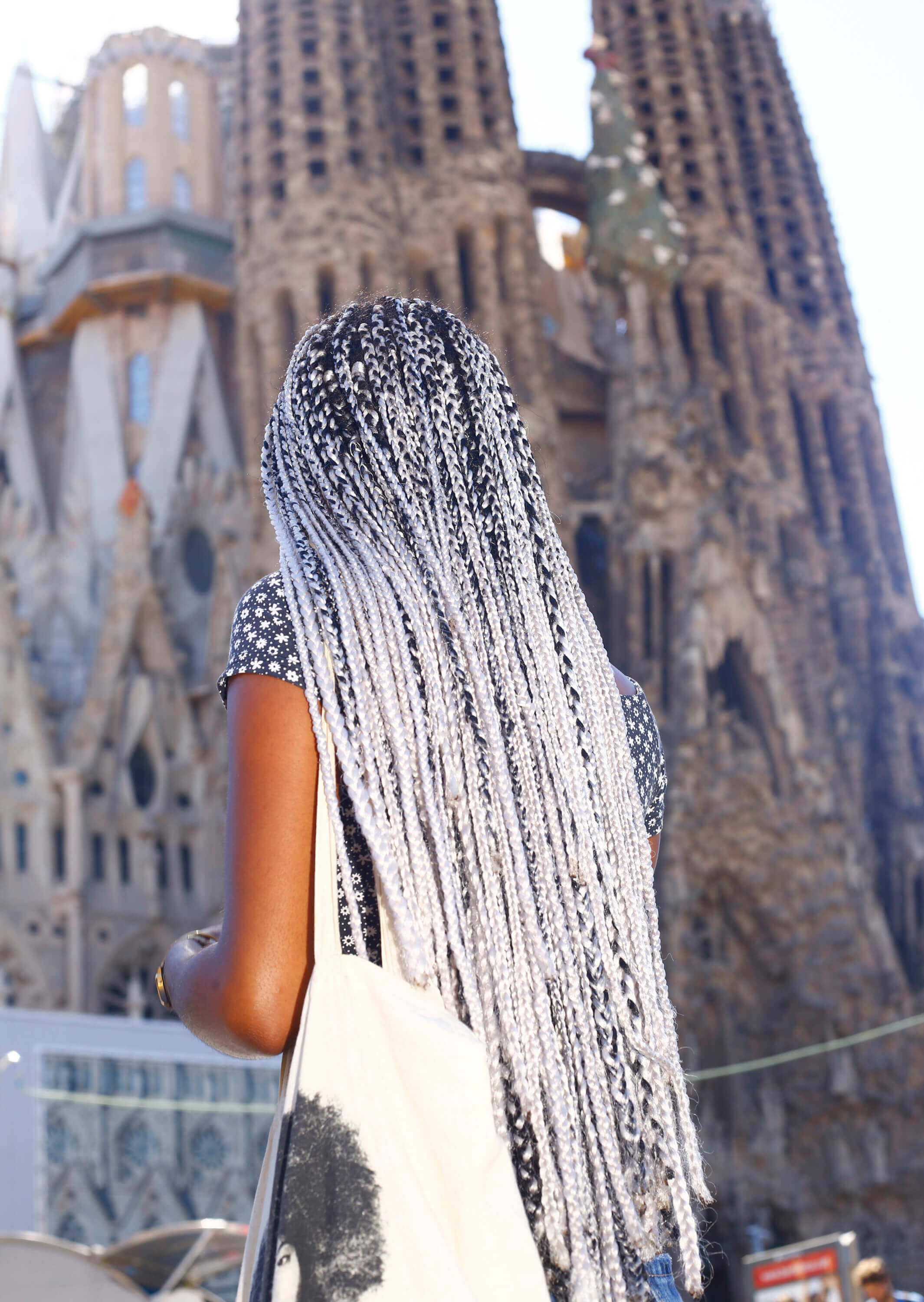
Turistas en la Sagrada Familia, Barcelona, summer 2016. This photo belongs to a commission by M, le magazine du Monde. The photographer was asked to put together a series of images on the phenomenon of tourism in Barcelona. In the image he tries to make a parallel between the appearance of a tourist with the appearance of the façade of La Sagrada Familia, a building emblematic of the city. Ricardo Cases (b. 1971, Orihuela, Alicante).
Untitled, Sudan. Heading northbound to Nubia, on the sides of the road through the desert on the western side of the country, Giorgio notices some black shapes like large tongues or moulted reptile skins. It doesn’t come to mind immediately that they are fragments of tyres from the lorries that cross the desert every day. The shapes and shadows projected onto the ground striking him profoundly, the black of tyres smoothed by the sand, the strands of the inner ply like ragged tendons, bundles of muscles lying on the boiling earth. He finds something diabolic in these random compositions.
Giorgio Di Salvo (b. 1981, Milan).
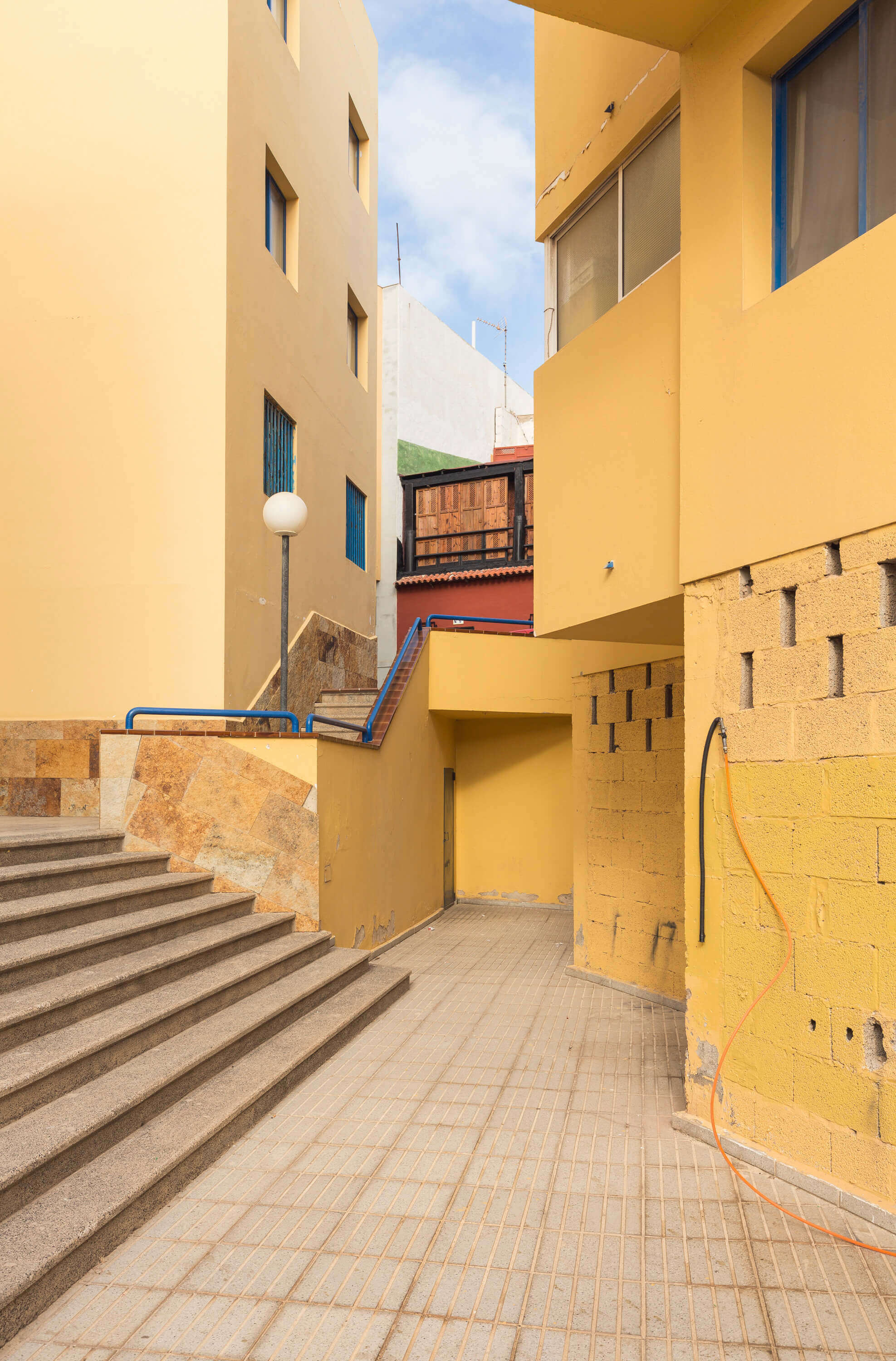
Common Ground #7, part of a series which sets out to show how, in its complexity and spontaneity, ordinary architecture presents very much the same characteristics as high-brow and internationally renowned architecture. This photo, taken in February 2016, portrays the common areas in an anonymous housing block in a town on the island of Fuerteventura. Delfino Sisto Legnani (b. 1986, Milan) lives and works in Milan, Italy.
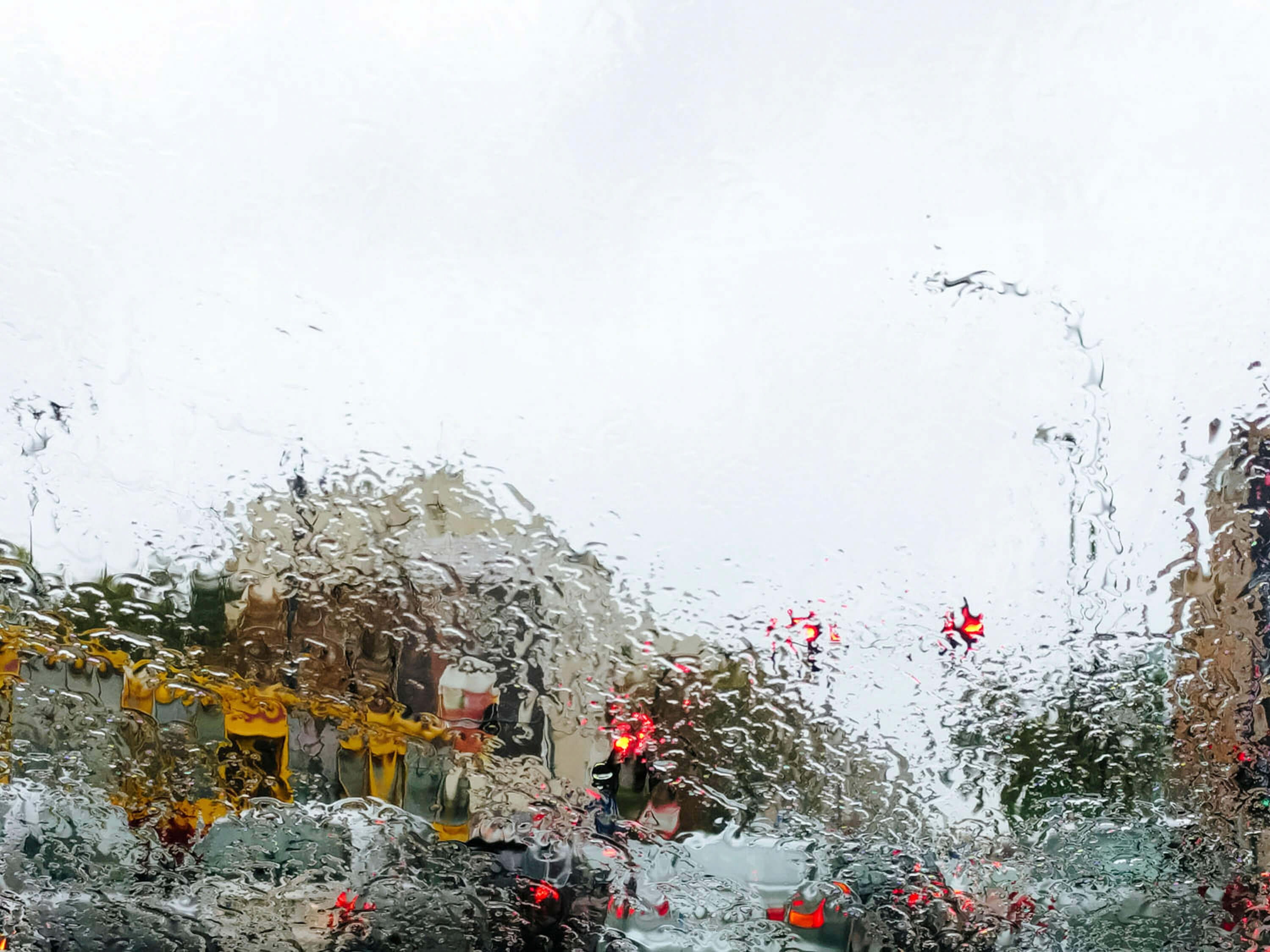
Łódź, October 2016. Łódź, also written as Lodz, is the third-largest city in Poland. Located in the central part of the country, it has a population of 698,688 (2016) (…). Before 1990, Łódź’s economy heavily focused on the textile industry, which in the nineteenth century had developed in the city owing to the favourable chemical composition of its water. Because of the growth in this industry, the city has sometimes been called the “Polish Manchester”. (Source: Wikipedia)
Polish-born (b. 1984, Łódź) Piotr Niepsuj is based in Milan, Italy. He travels to Poland more or less twice a year.
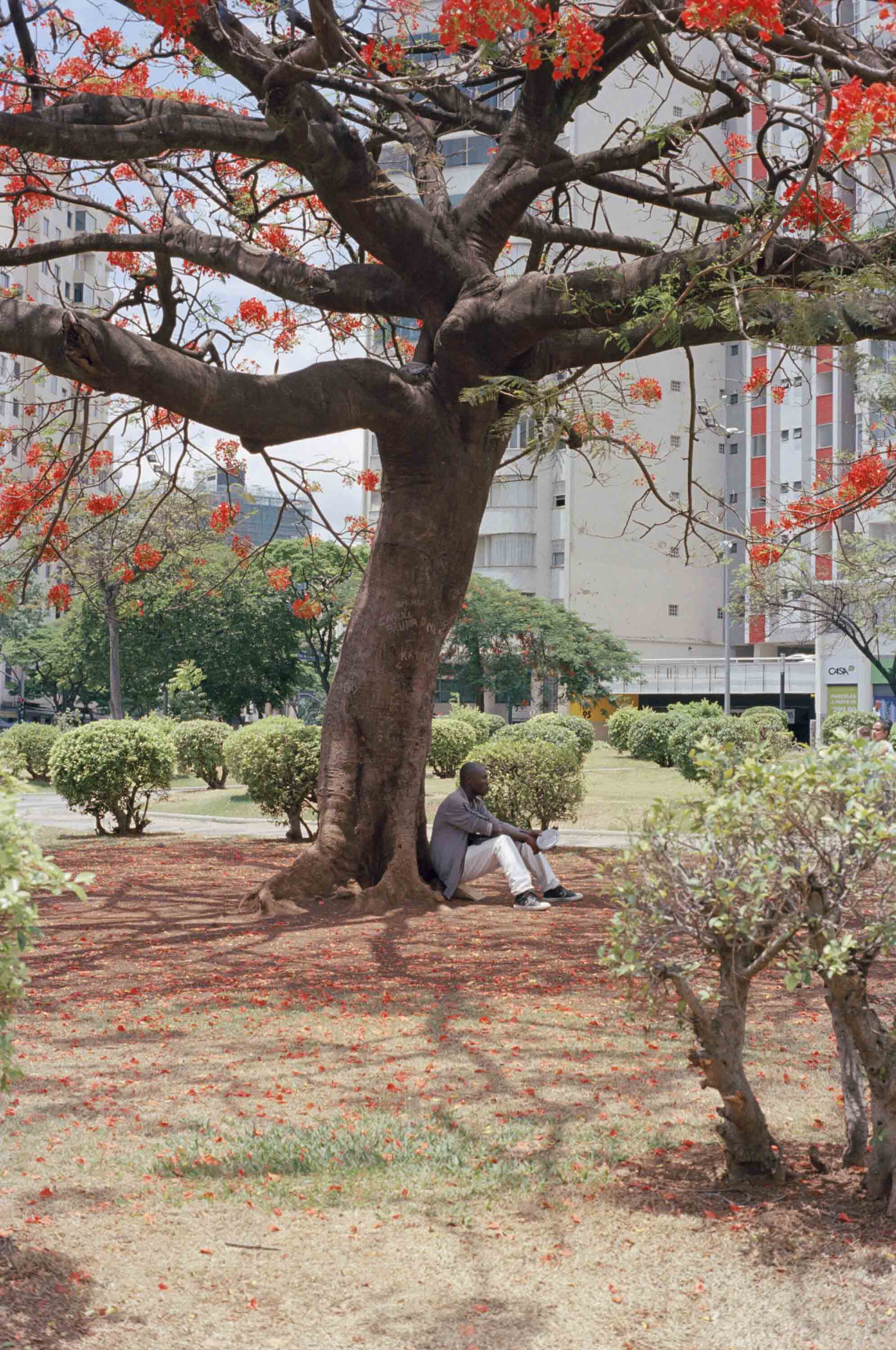
What now? Belo Horizonte, Brazil, 2015. Emilia had been going to Brazil for a few years, but this trip was different. She was travelling for the first time alone with my father, an architect – two weeks, four cities, Brazilian modernism. That morning, one of their last, they were walking around the city centre. A man was sitting under a tree in the middle of a huge roundabout. He looks slightly melancholic, as do the falling red flowers. In her pictures, she’s looking for moments like this one where time seems to freeze.
Emilia von Senger (b. 1987) lives and works in Berlin.
